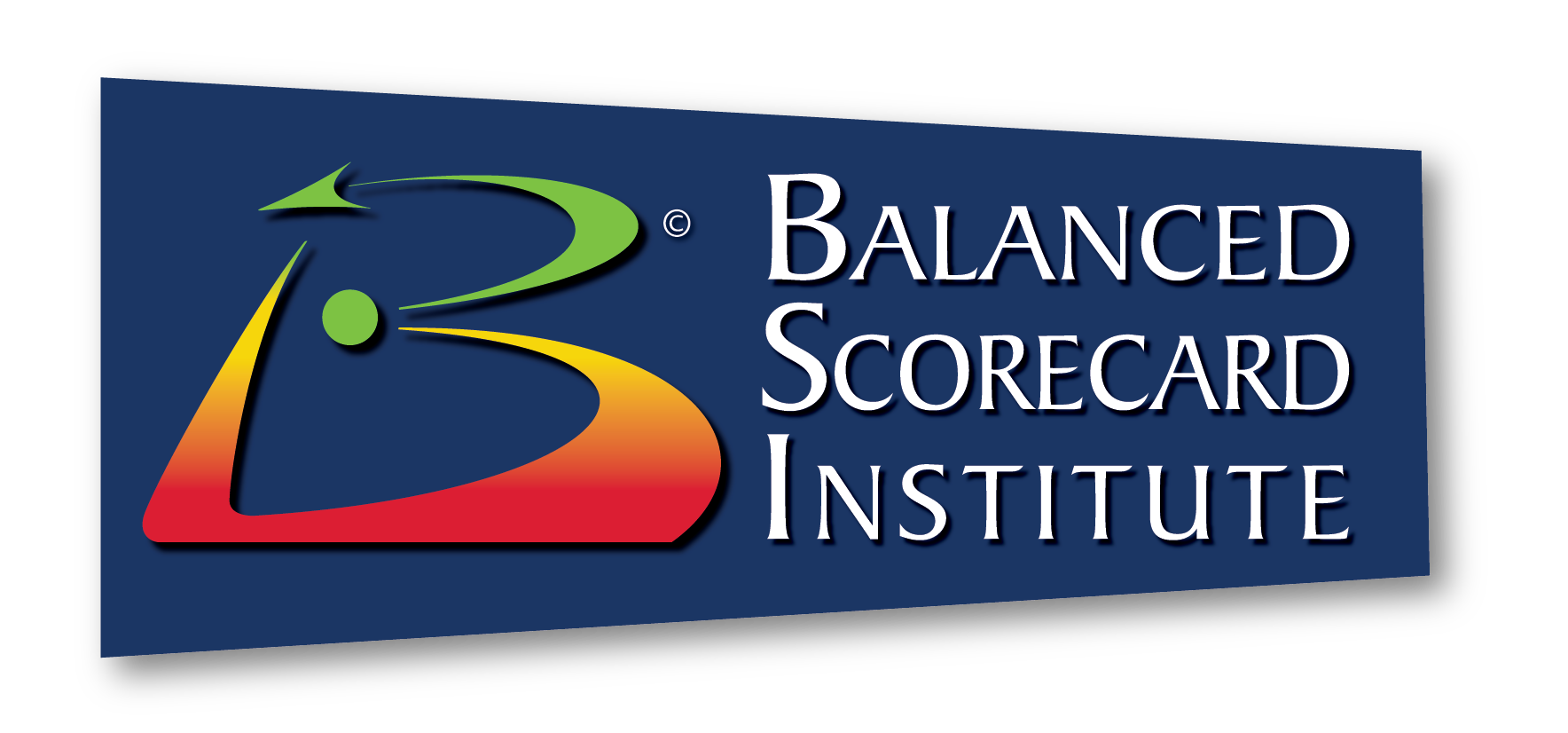I had a distressing phone conversation earlier this week. A former client called to say they were at a decision-point. They were trying to decide if they wanted to keep using their balanced scorecard system or not. He went on to say, “to be quite honest, the scorecard really isn’t driving the organization. It feels more like ‘busy work’…it leaves a bad taste in our mouths.”
“In fact,” he continued, “our project management discipline is clearly what is strategically guiding the organization while the balanced scorecard feels like an anchor weighing us down. It used to be what propelled us forward and kept everyone in alignment. Maybe if we cascade the scorecard, this will help?” I was perplexed. While I’ve diagnosed the root cause and prescribed the solutions for a lot of “broken” scorecard systems, this was the first time I’d heard of project management being “more strategic” than the strategic management system that drives it.
The next day, I joined the client executive team on a web conference. We walked through an overview of an integrated scorecard system – reviewing the 14 components of a fully integrated system. As we talked, some of the team members began remembering back to when they built the original scorecard and recalled how the underlying strategic elements were built – how they brought in board members and stakeholders to inform and set strategic direction. But most importantly, they began to remember when it was built.
This client is a healthcare organization and they built their original scorecard during the last presidential election cycle – at a time when there was political uncertainty. The environment was so uncertain that one of their strategic themes was “Readiness for Public Policy Changes” which meant that their resultant strategic scorecard was designed to prepare them for whichever way the political winds eventually blew. And that scorecard was appropriate for the times.
But their environment has since changed…significantly! In the past year or so, the Affordable Care Act now drives all action and projects at this organization. This massive shift in their strategic environment happened to coincide with the implementation of a robust project management system in which the portfolio is aligned to the tenants of Triple Aim. That’s when the room went silent. As I strained to hear across the phone line, I began to hear murmurs as one after another team member came to the same diagnosis. Their environment had changed and they had shifted strategic directions without updating their strategy / strategic balanced scorecard. Their strategic scorecard was outdated….expired! Their sense that their old scorecard was anchoring them in the past and was at odds with the new implied direction of the organization was absolutely correct.
They had stumbled into the classic “Set It and Forget It” mistake. Their project management discipline (which is critical to strategy execution) appeared to be “more strategic” because it was more aligned with their true strategy than was the rest of their strategic management system. Due to some key team member turnover, they had forgotten their entire system needs to go through a regular strategic evaluation cycle! Scorecards do not have indefinites shelf lives….they are dynamic systems designed to allow an organization to shift directions, as needed. The team is now in the process of updating their entire strategic management system to reflect their current reality. And as part of this update process, they will ensure that their current strategic direction is chosen, not implied. Only then can they be sure that their current portfolio of projects is truly aligned for maximum strategic impact.
Does your scorecard have a funky smell? For more examples of Scorecard Challenges and Solutions, we invite you to read “The Institute Way: Simply Strategic Planning & Management with the Balanced Scorecard.”
We also invite you to join the conversation at our Linked In group: www.theInstitutePress.com/group
Gail is co-author of The Institute Way. With a career spanning over 30 years of strategic planning and performance management consulting with corporate, nonprofit, and government organizations, she enjoys speaking, training, and writing, sharing her experience with others. She currently is a Partner at Credera in Dallas, TX.


